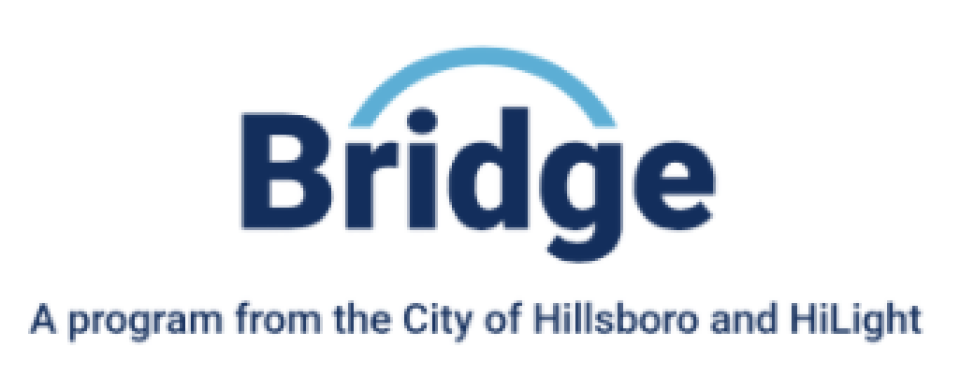
Fast, affordable Internet access for all.

Caroline Stratton, Assistant Professor in the School of Information at the University of Florida, has published a new article looking at the digital equity plans of four major U.S. cities with the aim of seeing how policy makers understand the genesis of digital inequity in their cities and how they frame solutions for addressing it. She does so with the hopes of offering recommendations for other cities that will undertake these types of efforts in the near future. To do so, “Planning to Maintain the Status Quo? A Comparative Study of Digital Equity Plans of Four Large US Cities” looks at recent-ish plans published in Portland, Oregon, Seattle, Washington, Kansas City, Missouri, and San Francisco, California.
The first third of the study includes a lot about meaning-making and the social construction of understandings of digital inequity that readers can skip without missing the bread and butter of the piece (which begins on page 51). After that, Stratton highlights a few important points that will be useful for cities embarking on digital equity work for the first time.
A Broken Marketplace Requires Community Solutions
First, she says, an understanding of digital inequity doesn’t offer much chance for change without being accompanied by a vision for solving it. Second, better city plans had larger and more inclusive coalitions from the outset, and were tapped into a variety of constituencies that represented a broader swath of lived experiences in these cities. Third, successful plans relied on the advice and participation of nonprofits, libraries, and other trusted community anchor institutions.
Importantly, Stratton shows that even though “ISPs’ profit-seeking motive may dictate why particular communities lack Internet service entirely, or service that is high-quality and affordable . . . they are spared scrutiny in plans” in many cases. More than 80 million Americans live in areas with a functional broadband monopoly.
The study also points to the reality that digital equity advocates have been describing for decades - that there are a host of other inequities that perpetuate the digital divide.

For instance, she argues, those living in affordable housing in the case study cities also had the biggest trouble paying for ongoing subscriptions. This begs any number of solutions, ranging from breaking the monopoly stranglehold in many MDUs by revising those building codes, extending city-owned infrastructure and perhaps subsidized affordable connections, or writing contracts to require any ISP that gets city grant money to extend service equitably or have a permanent affordable option with enough speed.
We wrote a report in 2019 about one of Stratton's subject cities - San Francisco - where a local Internet Service Provider (ISP) called Monkeybrains partnered with the city and a local community foundation to bring high-quality Internet access to families living in public housing and improve educational and economic opportunities.
In addition, the study points out, it doesn’t do much good to have free connectivity at the local library if the lack of nearby transportation infrastructure or the cost of using it creates additional barriers to those who would take advantage.
Final Thoughts
A couple of final notes are worth making here. Stratton here is obviously focused on large cities. Countless small cities and rural areas across the country are grappling with these same problems, but the opportunity to create meaningful change with the infrastructure and digital equity funds in the recently passed IIJA quickly approaches.

Second, it’s important to remember that a digital equity plan isn’t worth the paper it’s written on unless something gets done. An actionable plan, with money behind it, that doesn’t result in new, affordable connections, subsidized access, digital skills training or devices, or additional service options hasn’t accomplished its goals.
Finally, there is an array of cities around the country doing inclusive, bold digital equity work that are worth following. Chattanooga, Tennessee, for example is connecting the households of 30,000 students to free, 100 Megabit per second (Mbps) symmetrical service for the next ten years as part of the HCS EdConnect Initiative, made possible by a strong local partnership and the infrastructure of the city’s broadband utility, EPB.
Longmont, Colorado’s Sharing the Nextlight program is giving income-qualified families connected to the municipal network free 100 Mbps connections as well. And the recently launched municipal network in Hillsboro, Oregon has created its Bridge program, giving households on SNAP, TANF, LIHEAP, or one of many other assistance programs 1 Gbps service for $10/month. It’s also worth mentioning that Hillsboro launched its municipal network specifically in one of the areas lowest-income neighborhoods to target digital equity goals in the city.
Read “Planning to Maintain the Status Quo? A Comparative Study of Digital Equity Plans of Four Large US Cities” here, or below.
Header image by Kimberly Farmer via Unsplash
